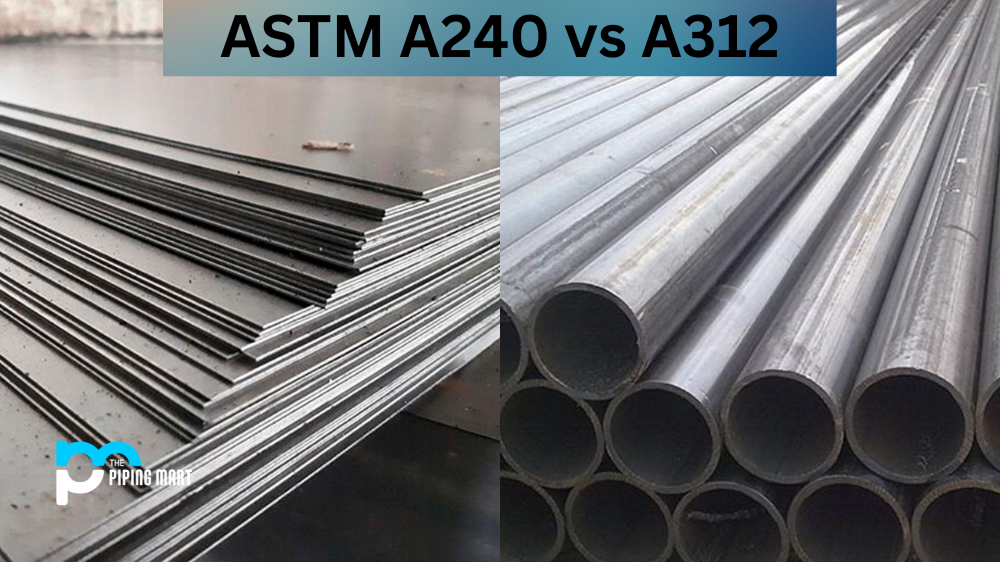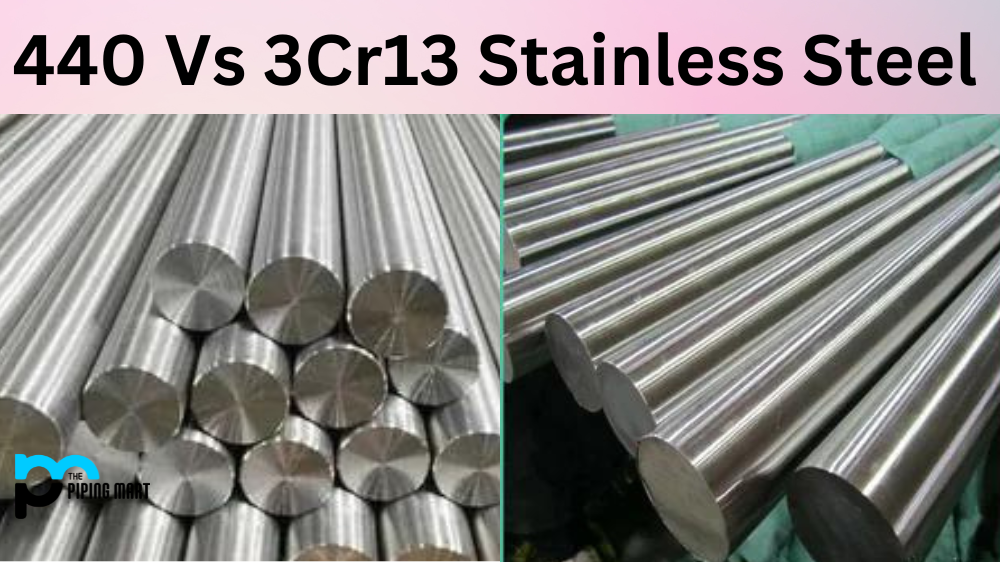The world of metalworking can seem confusing, especially when choosing the right type of stainless steel for your project. Two of the most commonly used grades are 309 and 304. Both have unique properties and advantages that make them popular in different industries. In this blog, we’ll compare Stainless Steel 309 and 304 to see which suits your project better.
What is Stainless Steel 309?
Stainless Steel 309 is a stainless steel alloy with excellent corrosion resistance and high-temperature strength. It is ideal for applications that require exposure to temperatures between 800-1500°F, such as engine exhaust manifolds, turbine exhaust silencers, and oven linings. It is also used in the production of furnace parts and heating elements. Additionally, it has good formability properties and weldability.
What is Stainless Steel 304?
Stainless Steel 304 is one of the most popular and versatile grades of stainless steel. It offers great corrosion resistance, formability, durability, and low maintenance costs. This grade can be easily welded and machined, making it suitable for various applications, including medical instruments, kitchen appliances, structural components for the automotive industry, and more.
Difference Between Stainless Steel 309 and 304
Chemical Composition
The main differences between stainless steel 309 and 304 are their chemical compositions. 304 stainless steel contains around 18% chromium, 8% nickel, and trace amounts of carbon and manganese. While 309 stainless steel contains around 23% chromium, 13% nickel, and trace amounts of carbon, manganese, and silicon. Therefore, 309 has a higher nickel and chromium content than 304, which makes it more resistant to oxidation, corrosion, and high-temperature environments.
Corrosion Resistance
Both 309 and 304 are highly resistant to rust and corrosion. However, 309 stainless steel is more suitable for higher temperatures, while 304 is best for use in environments where corrosion is not a major concern. Stainless Steel 309 has a higher corrosion resistance because of its higher nickel and chromium content.
Strength and Durability
While both grades of stainless steel are strong and durable, 309 is more heat-resistant than 304. This makes it ideal for use in high-temperature environments such as furnaces, fireboxes, and heat exchangers. Stainless steel 304, on the other hand, has excellent formability, making it ideal for applications where it needs to be easily shaped or welded.
Price
The price is the final consideration when choosing between 309 and 304 stainless steel. 309 is more expensive than 304 because of its higher nickel and chromium content. However, it’s worth the investment if your project requires high heat and corrosion resistance.
Conclusion
In conclusion, Stainless Steel 309 and 304 are excellent materials for various applications, but the right choice depends on your project’s specific requirements. If you need a material that can withstand high-temperature environments, 309 is the way to go. However, if your application doesn’t require high heat and corrosion resistance, 304 is your best bet, given its lower cost. Evaluate your project’s needs carefully and consider all the factors before deciding.

Abhishek is a seasoned blogger and industry expert, sharing his insights and knowledge on various topics. With his research, Abhishek offers valuable insights and tips for professionals and enthusiasts. Follow him for expert advice on the latest trends and developments in the metal industry.




